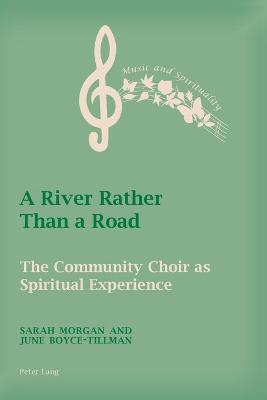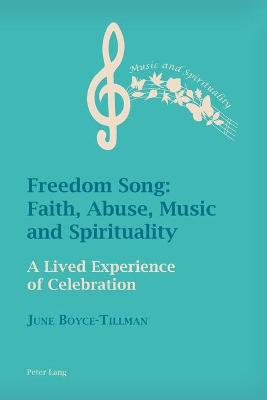Music and Spirituality
4 primary works
Book 1
Book 2
Book 3
material in this context. Some useful arrangements of folk songs are included. Community singing events are described with helpful advice on setting up and managing these. It presents a useful model of the range of skills necessary for aspiring community choir leaders. This is linked with the formation of a community that contains spiritual elements; this is theorized in relation to the role of the parish church in communal singing. It also discusses the two aesthetics of choral singing and the relationship between oral and literate traditions. The book arises from the engagement of the University of Winchester in partnership with the local community, which is theorized.
Book 6
This book is an autobiographical account of the development of an authentic interiority. It charts the way in which the Christian faith in which the author was enculturated was refined by her lived experience of music, abuse, forgiveness, interfaith dialogue, gender and vocation (into teaching and priesthood). The author describes how music and spirituality can create a route into forgiveness by creatively transforming ("mulching") childhood abuse into celebration. Her work challenges established therapeutic models and suggests a variety of alternative tools, including created ritual.
The volume is set out as a series of meditations on the themes contained in the Lord's Prayer; it can be read in separate sections, as well as in its totality. The author's life is perceived as a crystal that can be viewed through various lenses, illustrated by different styles of writing. These include narrative accounts written in a personal style; hymns, songs and poems that condense her thinking around a theme; and more academic reflection, using other people's writing and experiences to understand her own.


